My Trip to Gainesville, Part 2
 Sunday, March 4, 2012 at 5:14PM
Sunday, March 4, 2012 at 5:14PM This is a rather long article. I think the best way to handle it would be to continue publishing it in sections, so today will be Part 2, and it will cover my thoughts on the Old South and Old Florida, and the land where Nika1 lives. The next part, already written, will cover Cross Creek, Marjorie Kinnan Rawlings, and The Yearling Restaurant, where we ate dinner. The final part will be about another piece of Florida history, and the community, named for a Seminole Indian chief, that is believed to be the oldest inland town in the state.
OLD SOUTH/OLD FLORIDA
When I moved to Florida from New Jersey in 1981, I must admit that I brought some of my Yankee prejudices with me. To be honest, I never looked at southerners with disdain, nor did I see them as intellectually inferior because of their funny sounding dialects — funny to me, anyway — but let’s just say I was a little apprehensive because I was quite aware of their convoluted hatred for people of a different color, not to mention their resentment toward northerners. Of course, I didn’t expect everyone south of the Mason-Dixon Line to feel that way, and they don’t, but it wasn’t all that many years before I moved here that “coloreds” used different drinking fountains and bathrooms in many of those one-time Confederate states; Florida included. Even when I made my migration south, there were lingering reminders of inequality in places such as abandoned gas stations. Cobwebbed signs remained attached to bathroom doors as testaments to what they once proclaimed: WHITES ONLY. Like the old saying goes, we’ve come a long way, Baby, and so have I.
During my 31 years of living in Florida, I have embraced the South, but it has absolutely nothing to do with its racist past. It’s because of its rich history, steeped in genteel southern mannerisms; of virtuous young men politely courting delightfully flirtatious belles of innocence — patiently waiting for their coming of age — as they are introduced into the upper echelons of society. It was a romantic time, and in this respect, the South continues to maintain a unique essence of bygone days, deeply etched into it’s very heart and soul. But it’s fading fast in many areas, like Orlando, where fragrant foliage is ever replaced by the harsh realities of freshly poured asphalt and concrete, and fauna is pushed to the outer edges of what was once theirs with each passing breath. (I strongly encourage you to read: Beth Kassab: The Senator victim of Florida’s long history of neglect, Orlando Sentinel, Feb. 29, 2012)
Fortunately, pockets of the Old South continue to thrive, and throughout, you’ll find many notable plantations with antebellum homes, some still privately maintained, and others turned into historical landmarks or bed & breakfast inns. There are many towns and cities that thrive on their heritage, like Savannah, Charleston and Natchez. You’ll also find vast tracts of land that are, to this day, owned by the same families the properties were deeded to many years ago. In Florida, a lot of that land still thrives with citrus groves as far as the eye can see, and beef cattle grazing on the open range. Yes, much of it has been sold off, sometimes because of hard freezes, and other times over greed; but Florida is a good-sized state and there’s still plenty of private, pristine land around whose owners are proud of their history. They are proud to carry and pass the torches to future generations, just like it’s always been.
When I made my trek to the Gainesville area last month, I knew I was in for a special treat — one that epitomizes what I consider to be Old Florida. Of utmost importance, though, was that I would be spending time with Nika1, a lovely friend and host. Secondly, I would be visiting the town she lives in; truly a place I have a great appreciation for. I had been there once before. Also, she promised to take me to Cross Creek, and if you’re not familiar with it, it’s the little community where Marjorie Kinnan Rawlings lived for 25-years and wrote her Pulitzer prize-winning novel The Yearling. Her cracker-style home looks just like it did when she lived there in the 1930s. We were also going to have dinner at the adjacent restaurant, aptly named The Yearling Restaurant.
THE HOMESTEAD
I arrived at her homestead at 11:02 am, two minutes late. I hate that. We had a Gator basketball game to attend first, and that was most pressing, so off to O’Connell Center we went. I did a write-up on that leg of my trip in Part 1. When the game ended, we had plenty of time to spend before heading over to Cross Creek, so she took me to her old haunts, including the family farm. It goes without saying that she grew up in the house she still lives in, and it was built by her family in 1892. Trust me when I say there’s a lot of history in that home, and the interior is a testament to that.
With a moo moo here and a moo moo there, Nika1 raises beef cattle. EIEIO. If you look at the banner atop this website, those are her cows, and there are lots more where they came from, plus plenty of acreage, which you cannot fully comprehend by the images below.
I spent many years of my youth living on farms, and while some of you may find this somewhat odd, I truly enjoyed the smell of fresh grass and cow manure that wafted through the air that day. It brought back fond memories that dated back to my preteen and early teen years. It also reminded me not to step in it.
As we were leaving, an SUV pulled alongside us and Nika1 exchanged a few friendly words with the occupants about Indian digs on her property, most likely Timucua. Two mounds, to be precise. One is a burial mound and the other is ceremonial, meaning it’s a trove of pottery and other treasures offered to their gods. Both are ancient. Anthropologists from the University of Florida are carefully collecting the relics. Nika1 has discovered many arrowheads on her property over the years; some in the field across the street from her front yard. The area is rich in native American history, and that is of special interest to me. In the near future, I will publish another article on an Indian mound much closer to home, in Sanford, FL. I still have to “dig” for more information. But first, I’ve got two more parts of this story to go.
Next up: Cross Creek and how it impacted the area. Here is an excerpt from Part 3:
Cross Creek is one of those places you could pretty much conjure up in your head. You’d expect there to be a creek and bridge, of course, and not much else, and you’d be pretty much right. It’s a very small community, somewhat secluded, and above all else, a place that epitomizes Old Florida. Of her town, Rawlings wrote about the harmony of the wind and rain, the sun and seasons, the seeds and, above all else, time. Once you enter Cross Creek, you become a part of the mystery, the passion, and the oneness; and for a brief moment of eternity, time stands still. If there were ever a place on earth that beckons a creative mind, this is it.
 angelbabysings | tagged
angelbabysings | tagged  Beth Kassab,
Beth Kassab,  Cross Creek,
Cross Creek,  Gainesville,
Gainesville,  Marjorie Kinnan Rawlings,
Marjorie Kinnan Rawlings,  Nika1,
Nika1,  O'Connell Center,
O'Connell Center,  Old Florida,
Old Florida,  Old South,
Old South,  Racism,
Racism,  The Yearling,
The Yearling,  The Yearling Restaurant,
The Yearling Restaurant,  Timicua | in
Timicua | in  Anthropology,
Anthropology,  Blogging,
Blogging,  Dave Knechel,
Dave Knechel,  David B. Knechel,
David B. Knechel,  David Knechel,
David Knechel,  Days Gone By,
Days Gone By,  Marinade Dave,
Marinade Dave,  Marinade Dave Knechel,
Marinade Dave Knechel,  marinadedave,
marinadedave,  uNIVERSITY OF fLORIDA |
uNIVERSITY OF fLORIDA | 




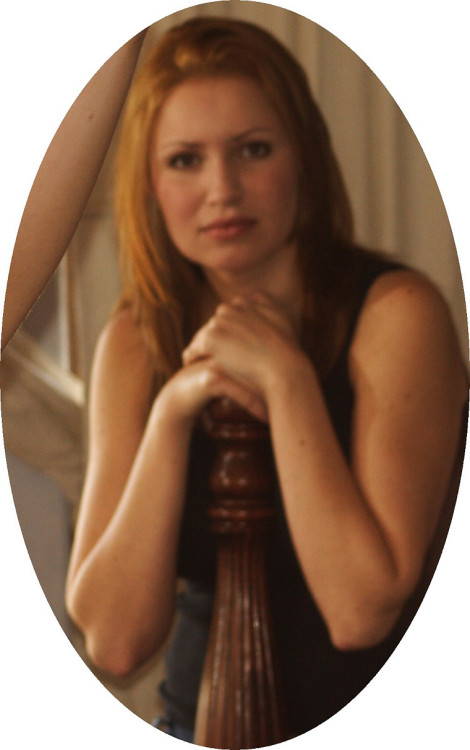






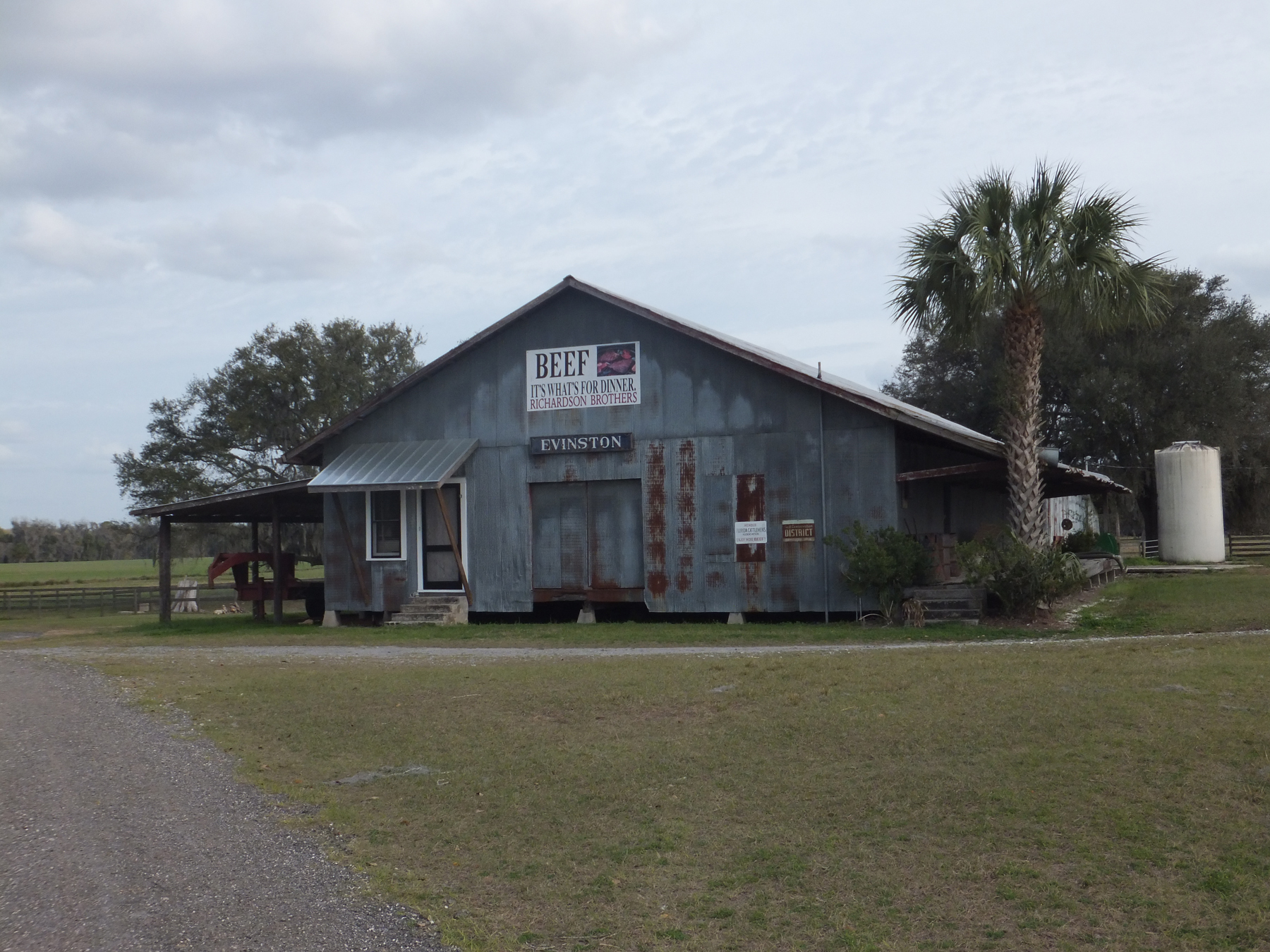
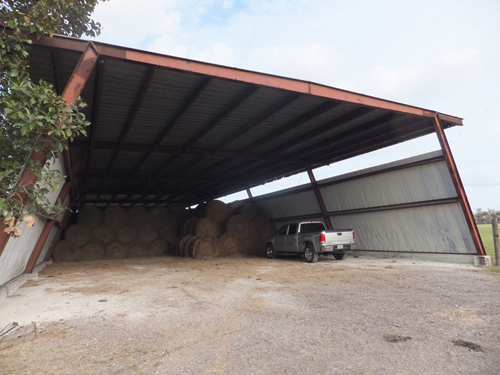
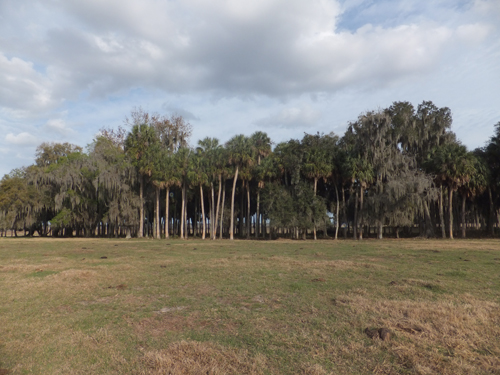
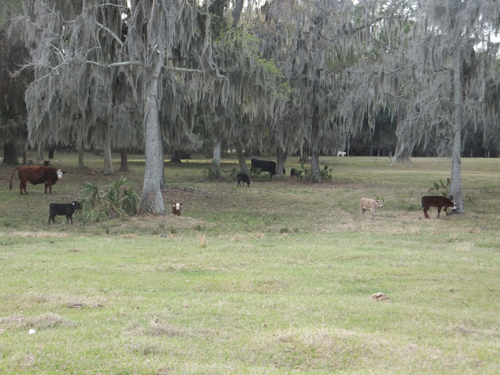
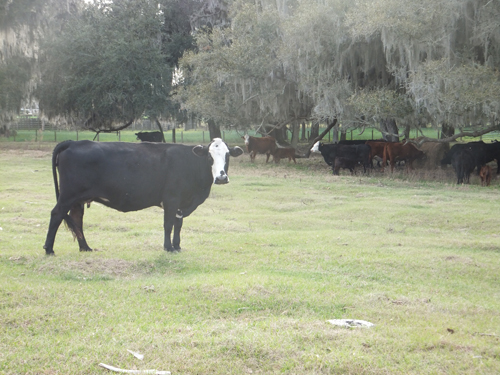
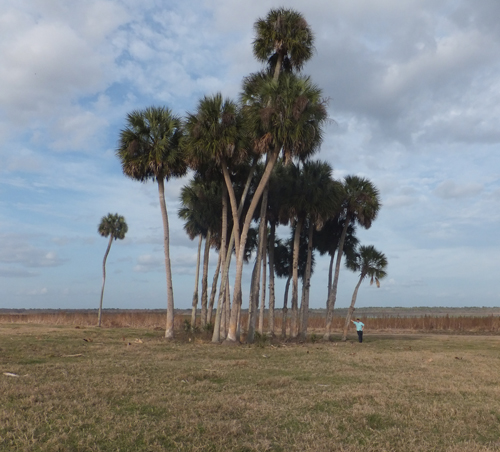
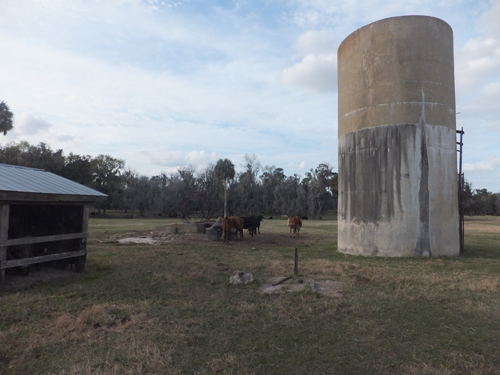
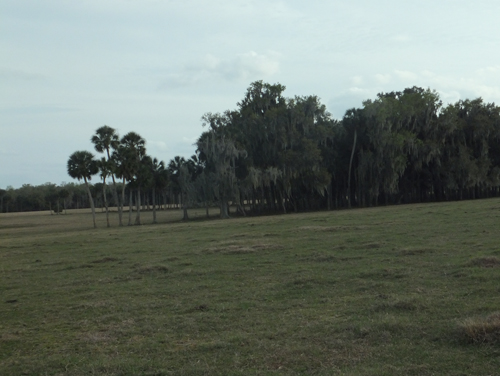
 LEGAL NOTICE
©David B. Knechel. All Rights Reserved. No portion of this site can be reproduced in it's entirety or in part without expressed written permission by the owner/administrator of this site in accordance with the Digital Millennium Copyright Act. Section 512(c)(3) of the U.S. Copyright Act, 17 U.S.C. §512(c)(3). The charges against defendants are mere accusations and the subjects are presumed innocent until found guilty in a court of law.
LEGAL NOTICE
©David B. Knechel. All Rights Reserved. No portion of this site can be reproduced in it's entirety or in part without expressed written permission by the owner/administrator of this site in accordance with the Digital Millennium Copyright Act. Section 512(c)(3) of the U.S. Copyright Act, 17 U.S.C. §512(c)(3). The charges against defendants are mere accusations and the subjects are presumed innocent until found guilty in a court of law.